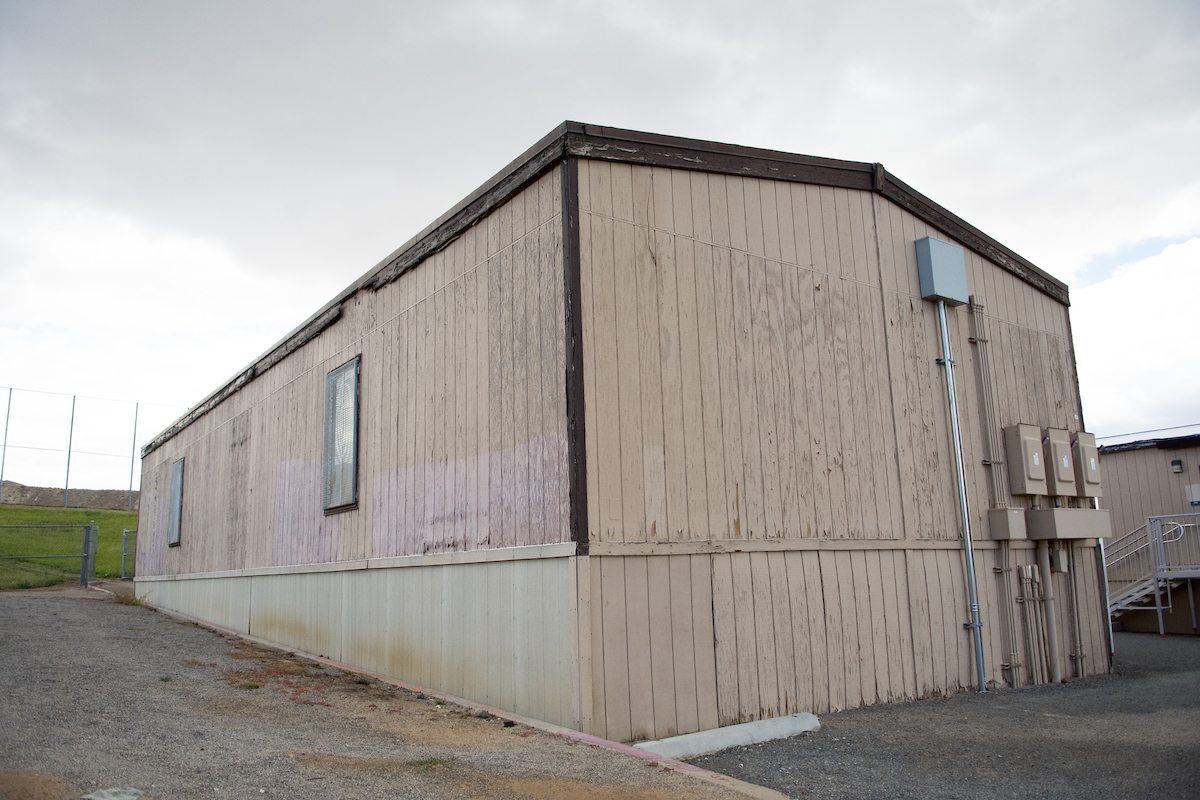
The Kenny Guinn Center for Policy Priorities, a non-partisan Nevada think tank, outlined last week the pros and cons of the WC1 ballot measure.
The measure is designed to improve schools by increasing Washoe County’s sales tax rate. The .54 percent tax increase will make Washoe County the Nevada county with the highest sales tax. The money, which would be overseen by a panel that is independent of the school district, would go to fund new school facilities and school building improvements. The initiative is being backed, with hundreds of thousands of dollars, by industry groups, building trades and business groups.
The Guinn Center, which does not take a position on the ballot measure, highlighted the pros and cons to WC1. In a fact sheet, the center answered these questions:
- What is Washoe County Question 1?
- What happens if Question 1 passes?
- What happens if Question 1 does not pass?
- Why is this measure coming to the voters?
- If the measure passes, what can these revenues be used for?
- What are the arguments for the measure?
- What are the arguments against the measure?
- Why does Washoe County School District have significant repair needs?
- In 2015, Nevada implemented the Commerce Tax and invested millions of dollars in K-12 education. Why does Washoe County School District need more money?
“Should the measure pass, Washoe County School District estimates that it will receive $781 million in bond revenue over the next nine years (or $86.8 million per year),” according to the fact sheet.
But it won’t be enough to stop multitrack school schedules for at least a decade: “At least one dozen elementary schools are expected to move to multitrack schedules. District officials note that even if Washoe County Question 1 passes, the district cannot phase out multitrack schedules for another decade,” the report noted.
Part of the reason is that during the Great Recession, the Washoe County School District chose to defer building maintenance rather than have budget cuts more adversely impact instruction.
Not surprisingly, one reason that Washoe County School District has not adequately funded maintenance and operations is that during the Great Recession, the district was faced with deep budget cuts but chose to keep cuts away from the classroom. This resulted in reduced investment in larger maintenance projects.
Data also reveal that Washoe County School District does not spend as much on building upkeep, debt service, and capital projects as many of its peer school districts do…. Washoe County School District spends less per pupil on building upkeep than any other school district in the Silver State.”
A chief criticism of the measure is that sales tax increases are viewed as regressive; that is, tax increases can more negatively impact poorer segments of the population, such as seniors: “In fact, of the main forms of taxes–sales, property, and income–the sales tax is the most regressive. This means that a disproportionate share of a low-income voter’s income is allocated to sales taxes, relative to a high-income voter’s income.”
With more than $1 billion in facilities needs, the ballot initiative is ultimately the result of needs arising by current funding sources that do not allow for necessary school capital funding. WC1, as put forward by the Public Schools Overcrowding and Repair Needs committee, specifically addresses capital projects.
“This means that, by voter approval, the highest overlapping tax rate in Washoe County can exceed the statutory tax cap for capital projects in the school district,” the Guinn Center noted. The estimated amount of funds raised if WC1 passes could be more than $750 million, which combined with available funds, should address the $1.1 billion in school improvement needs over the next 10 years.
But, the Guinn Center noted, WC1 is not the end of the story. While Washoe County “has the fewest sources of revenue available to fund its K-12 capital projects,” the legislature could potentially revisit the issue in a future session and create the mechanism for Washoe County to impose its own tax increase.
Another potential revenue stream could also be available should the legislature lower a population threshold that allows Clark County to receive tax revenue but not Washoe County. Development impact fees, the report said, are another potential option, which would also require legislative changes.
In short, the Guinn Center showed that WC1 has pluses and minuses.
While the ire directed at the Washoe County School District Board of Trustees seems to resonate for many as a vote against WC1, the Center correctly noted that the school board and district act mostly independently of WC1.
Ultimately, the dollars will be spent based on recommendations of the Capital Funding Protection Committee, comprising community members and government leaders. The school Board of Trustees does not have to go with the committee’s recommendations, but doing so would have to be vetted through a public process.
